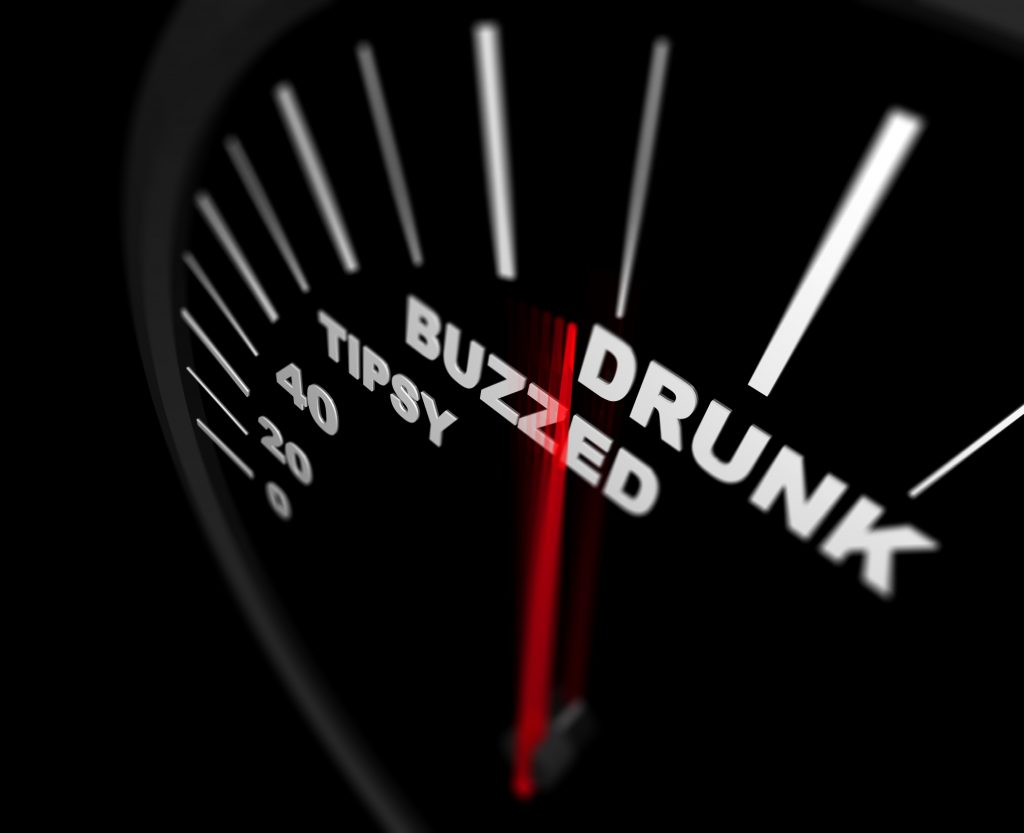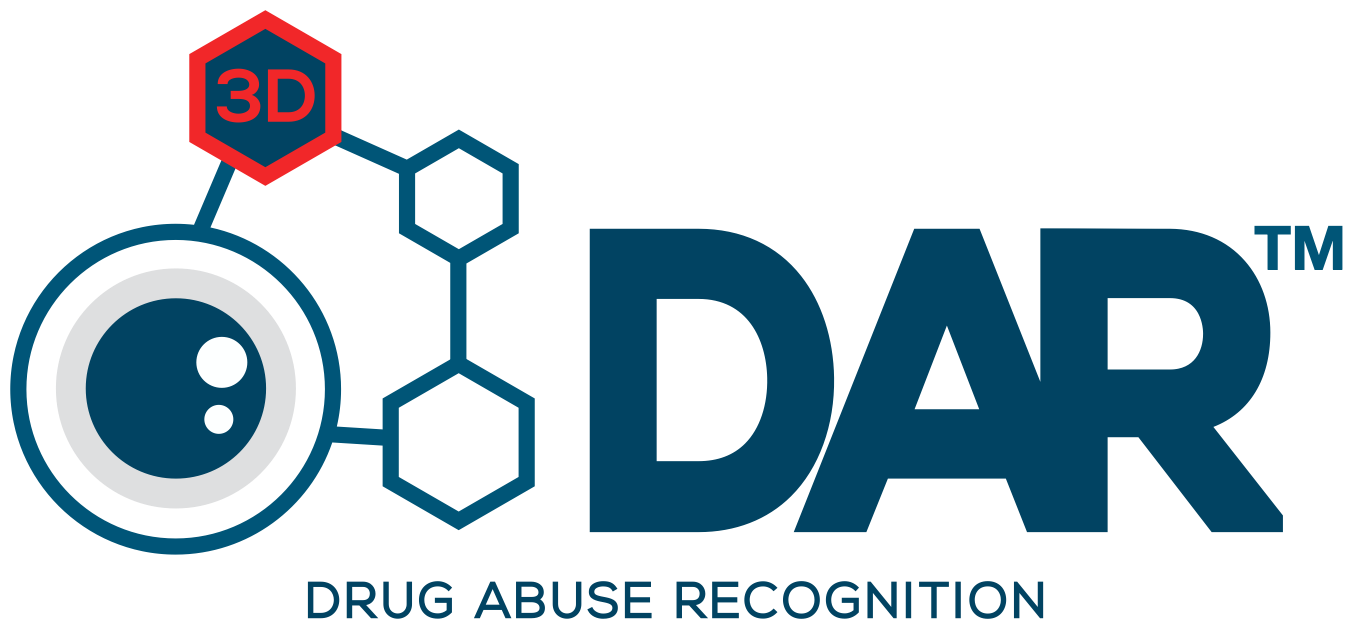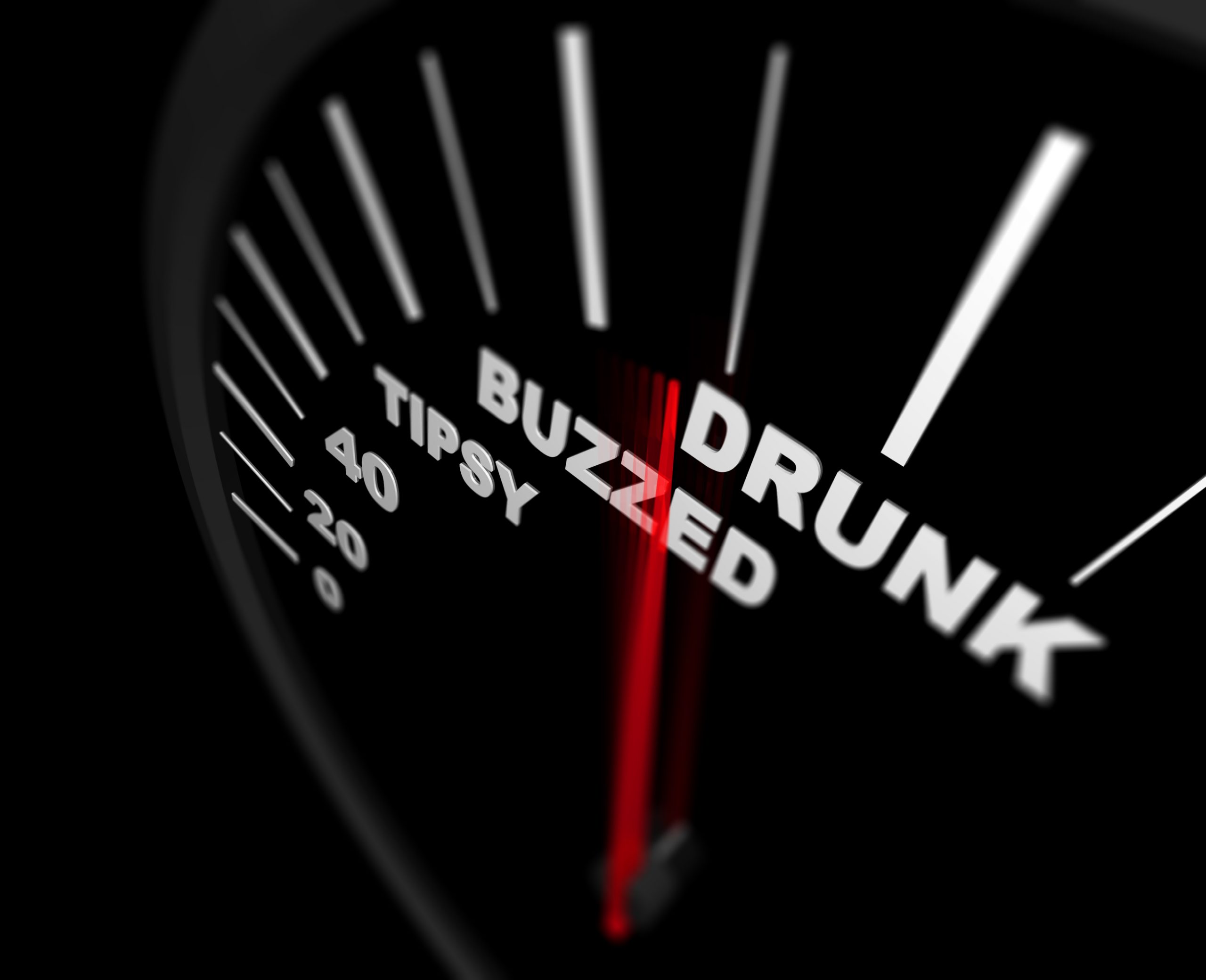We’ve all been there. You stop a car, conduct field sobriety tests, and arrest the driver for DUI. You wait patiently for the tow truck, but you’re also in a hurry; you need to get this guy to the station. You’re thinking to yourself, “This one’s going to be close.” You need that breath test. After all, your case depends on it, right? Now you get there and get a low-blow. Maybe there’s no alcohol at all. Now what? Well, I’m here to tell you—stop worrying about the number.
DUI’s Below .08 BAC
In the U.S., every state has a per se limit of .08 BAC or less (Utah being .05%) for blood alcohol concentration (BAC), meaning that drivers are presumed to be DUI at that level. You might think your case is in the bag once you hit that magic number, but not so fast. You may have case law in your state says your prosecutor still has to put on some additional evidence of impairment, instead of relying solely on the BAC result. You might also get a rising BAC defense, attempting to show that the driver was below .08% while they were driving. Whatever the case, this number that is written in to our laws is no longer the be-all, end-all that it may have once been.

Of course, as law enforcement—the primary investigators and evidence collectors—we absolutely want to collect our breath and/or blood evidence as soon as possible. We owe it to both the state and the defense to do that. But this is no more—or less—important than the other evidence we collect in our investigations. A person’s guilt or innocence is based on the totality of the circumstances, not one piece of the puzzle. In other words, it’s not the BAC result itself that we should be so focused on; it’s the timeliness in which we collect it. Now, you might think that this is contrary to my statement above, but hear me out. My point is that, although you want to get your breath/blood tests administered as close to the time of driving as possible, the primary reason should not be because of what the results might be. It’s because you want the best evidence you can get, and the sooner you collect it, the more accurate the representation of the driver’s BAC at the time they were driving.
I consider myself lucky, in that I work in a state where the use of roadside portable breath testers (PBTs) is unconstitutional. Why do I feel lucky about that? Because I have seen too many episodes of COPS or Live PD where the driver is visibly impaired, yet as soon as the PBT result is less than .08%, the driver is deemed “not impaired” and sent on their way. This discounts all of the studies and evidence that show the lower levels that alcohol impairment begins at. It also discounts the possibility—and in my experience, likelihood—that drugs are contributing to the driver’s impairment.
As with alcohol, every state prohibits driving under the influence of drugs. Unlike alcohol, however, the details and provisions of these laws vary widely from state-to-state, with some having per se limits on certain drugs, some simply criminalizing the impairment from those drugs, and some restricting which specific types of drugs constitute DUI (i.e., controlled substances vs. prescription-controlled drugs/medication).
Drug DUI is More Prevelant than Alcohol DUI
When it comes to driving, drug use is more prevalent now than ever before. In fact, in 2015, the number of drug-involved fatal crashes surpassed alcohol-involved fatal crashes for the first time in America’s history. Furthermore, drivers often aren’t just using one drug; polydrug use (combining two or more drugs, or combining drugs and alcohol) continues to be a rising problem as well (Source: Fatality Analysis Reporting System and Governor’s Highway Safety Association).
As more and more states decriminalize the use of marijuana (medicinally and recreationally), its presence in toxicological results continues to increase. It is still the most commonly-found drug, other than alcohol. In NHTSA’s 2013-2014 roadside survey, 12.7% of all nighttime, weekend drivers tested positive for marijuana, compared to 8.7% in the 2007 survey. In comparison, a 2014 Washington state study, conducted 12 months after they legalized recreational use of marijuana, found the percentage of marijuana-positive drivers had increased from 14.6% to 21.4% (Source: Governor’s Highway Safety Association report on Drug-Impaired Driving). In four western states that have legalized recreational marijuana use (CO, WA, NV, OR) the Insurance Institute for Highway Safety and Highway Loss Data Institute jointly reported in 2018 an increase in overall crashes of up to 6 percent.
While there has been some success in recent years to combat the diversion of prescription opioids, the continued impact of opioid-impaired driving cannot be discounted. In 2016, FARS data showed that 10.7% of all fatally-injured drivers (adjusted to include those not tested) were opioid-positive. NHTSA’s 2013-2014 roadside survey showed an interesting trend with these drugs. Instead of identifying more opioid-positive drivers on weekend nights (such as with alcohol and marijuana), there were more found on weekday days (4.7% vs. 5.5%, respectively).
CNS Stimulant and Narcotic Analgesic Evals are Increasing
Of the 31,247 enforcement evaluations administered in 2018 by certified Drug Recognition Experts (DREs), Narcotic Analgesics—which primarily consists of opioids—were the third-most opined drug category by DREs, included in 9,500 of those evaluations. Additionally, the International Association of Chiefs of Police (IACP) DRE Section reported, “The two drug categories making the most significant increases from previous years were CNS Stimulants and Narcotic Analgesics,” (Source: IACP Drug Evaluation Classification Program 2018 Annual Report). According to IACP, polydrug use was detected in the toxicology results of 13,230 (32.47%) of those evaluations.
These numbers reflect a dangerous trend across America: drugged driving continues to increase. As a DRE Instructor myself, I have seen my share of polydrug-impaired drivers. Even in my DUI cases where the driver’s BAC is .08% or higher and no DRE evaluation is conducted, interviews with many of these drivers disclose that they were also using drugs other than the alcohol they had consumed. Their overall appearances and their performances on field sobriety tests often reflect that, but not always.
For these reasons and more, your focus during DUI investigations should be on documenting all visible indicators of impairment, not worrying about what you think the driver’s BAC will be. This includes everything you know from the three phases of DUI detection in your SFST manual, but also many other signs that can be drug-specific. Signs such as restlessness, pupil dilation or constriction, muscle tremors, and impairment of time and distance perception to name a few, are important things to recognize and document in your investigations.
Interviews with your DUI arrestees, regardless of BAC, should include questions about drug and medication use, as well as medical conditions. When the driver tells you they are taking drugs, dig deeper. Ask about their usage history, how long their medication has been prescribed, how the drug made them feel when it took effect compared to how they felt while driving, then how that compares to now. Ask why they like or don’t like that drug. If the case includes alcohol and medications, ask if they are aware that their medication warns against combining the two, or if they saw the caution labels that warn of dizziness or drowsiness. This can be compelling evidence at trial. It could also disclose a contributing medical condition that the driver forgot to disclose.
If you haven’t attended any intermediate- or advanced-level drug impairment training, such as Advanced Roadside Impaired Driving Enforcement, Drug Abuse Recognition or Drug Recognition Expert School, I recommend it now more than ever. You will begin to recognize things that you didn’t before, your DUI investigations will improve, and you will find impaired drivers that you would have let go prior to that training. If you have taken those courses, you understand the prevalence of drug impairment in today’s impaired drivers. Successful prosecution of these cases requires you to properly recognize and document the signs of drug impairment, and for you to act accordingly when drugs may be a cause (calling for a DRE, collecting additional toxicological evidence, etc.).
Today’s world of impaired driving is very much a world of drugs. So, when I say, “Stop worrying about the number,” I hope this helps you understand why. Keep your focus on the impairment you see, document everything, and let that impairment speak for itself.



When are you gonna sack up and offer a DAR Instructor course? My agency will not send anyone to DRE but sends everyone to DAR. We would be interested in sending 1-3 to instructor school and I bet so would alot of other agencies around cen-cal.
Hey Mike! I’ll be doing a DAR instructor soon, probably the beginning of next year. The site will yet to be determined.